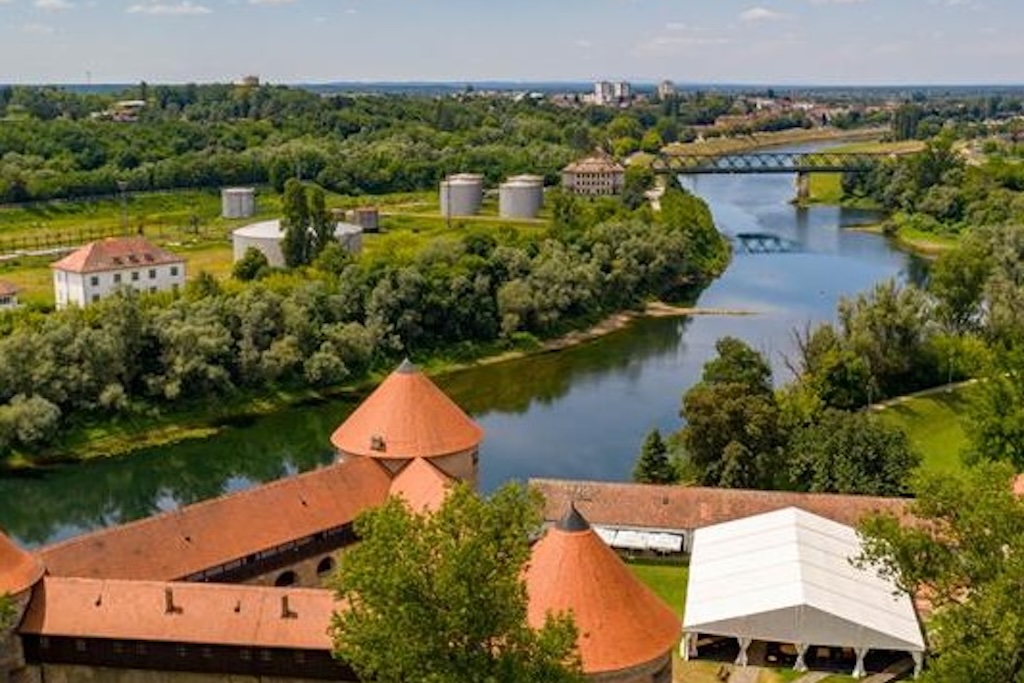Europe’s ever-growing network of long-distance cycle routes is about to welcome a new addition — and it’s one that could redefine bike travel in the Balkans. The Sava Cycle Route, a 1,136-kilometre journey tracing the course of the Sava River, has officially become a candidate for inclusion in the EuroVelo network. If approved, it will take its place as EuroVelo 18 and become the first EuroVelo route to pass through Bosnia and Herzegovina.
Stretching from the alpine beauty of Lake Bled in Slovenia to the bustling heart of Belgrade, the proposed route will link three capital cities — Ljubljana, Zagreb, and Belgrade — and four countries: Slovenia, Croatia, Bosnia and Herzegovina, and Serbia. Along the way, cyclists will encounter an extraordinary variety of landscapes: glacial lakes, forested riverbanks, centuries-old towns, and internationally recognized wetlands like Lonjsko Polje, Bardača, and Obedska Bara.
A River of Connections
Following the Sava River from its headwaters in the Julian Alps all the way to its confluence with the Danube, the route offers a natural backbone for cycling tourism in southeastern Europe. It will connect to several existing EuroVelo routes — including EuroVelo 6 (Atlantic–Black Sea), EuroVelo 9 (Baltic–Adriatic), EuroVelo 11 (East Europe Route), and EuroVelo 13 (Iron Curtain Trail) — creating a seamless web of transcontinental cycling opportunities.
Beyond its scenic appeal, the Sava Cycle Route represents a strong regional collaboration among ministries, tourism boards, NGOs, and National EuroVelo Coordination Centres. The project is being led by the Ministry of the Environment, Climate and Energy (Slovenia), Ministry of Tourism and Sport (Croatia), Center for Environment (Bosnia and Herzegovina), and the Danube Competence Center (Serbia) — a testament to the growing recognition of cycling as both sustainable mobility and economic development.

Sava Cycle Route (photo: Eurovelo)
Aiming for 2029
The European Cyclists’ Federation (ECF) expects the route to be formally integrated into the EuroVelo network by 2029, provided it meets all technical and infrastructure standards. Once approved, it will become the 19th EuroVelo route, adding another bold line to the map of Europe’s interconnected cycle highways.
For touring cyclists, that means a new, border-spanning adventure through the heart of the Balkans — where every pedal stroke follows a river that has shaped the culture, economy, and identity of Central and Southeastern Europe.
For more details, visit EuroVelo.com and learn more about the European Cyclists’ Federation at ecf.com.